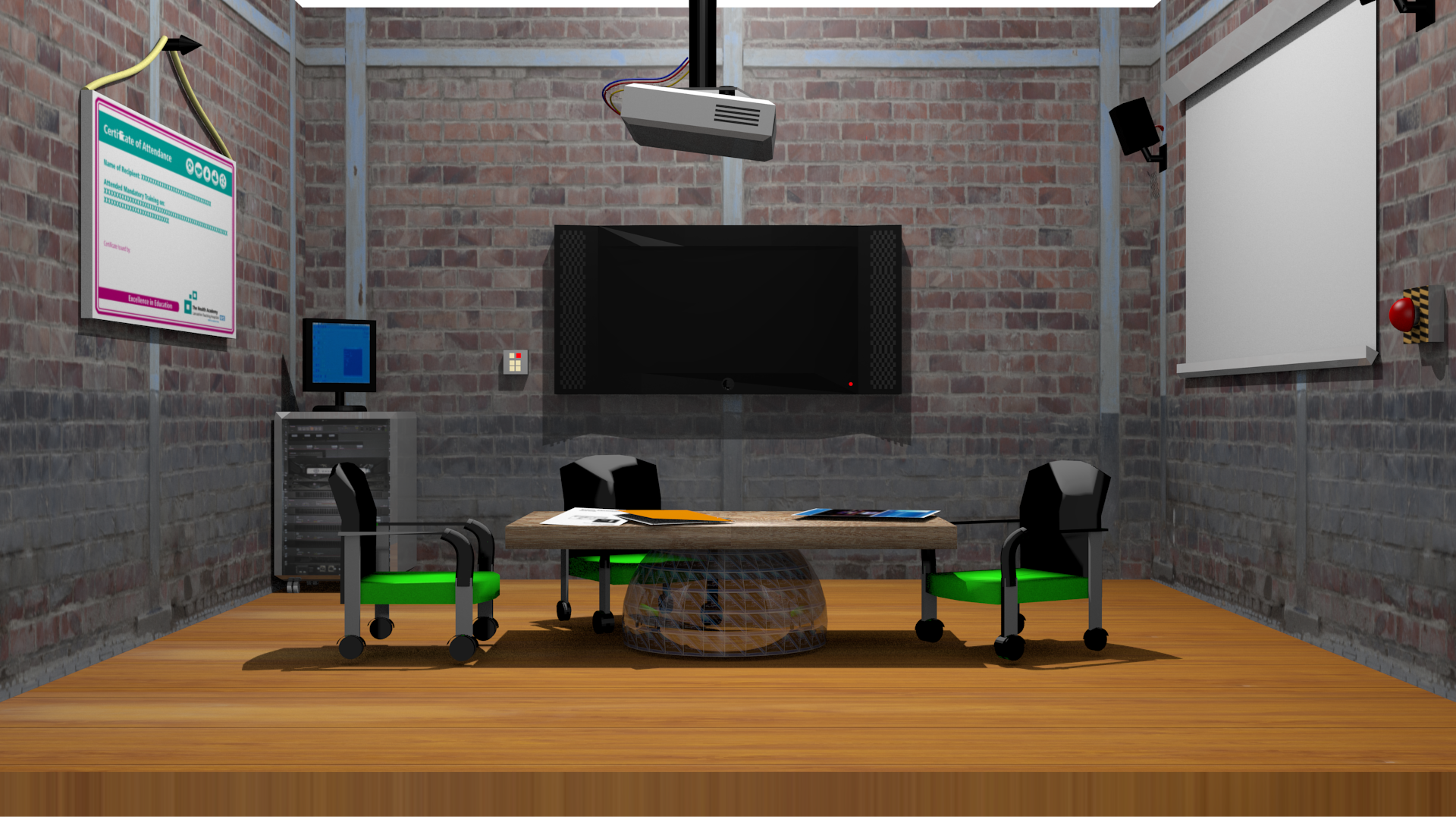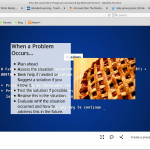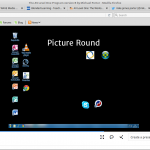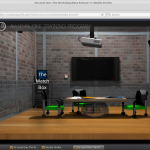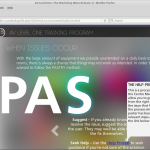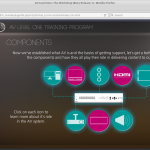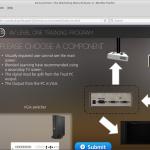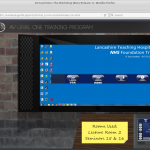Today’s post is written as part of an assignment for Blended Learning: Personalizing Education for Students on Coursera a course I would very highly recommend if you’re looking into how to transform your class beyond the traditional teaching models and introduce 21st century technology and ideas into your pedagogy. This post isn’t in any way sponsored, but has been written on here with the wider community as a hypothetical example and my future plan to transform my in house course at The Health Academy at Lancashire Teaching Hospitals into a Blended course (in a rather meta sense from working in the Blended Learning Team).
Introduction
About 2 years ago I was tasked with looking into the training and measuring competencies of our in house reception and events team at the now branded ‘Health Academy’ at Lancashire Teaching Hospitals on the use of our classroom based technologies to support clinicians in delivering undergraduate (in partnership with local medical schools) and clinical teaching to staff and students in our hospital based Education Centres. The reception staff would be responsible with liaising with university and hospital staff alike to arrange the use of in class AV as well as providing basic advice on the various Ed Tech tools we can provide for Technology Enhanced Learning in the classroom/lecture spaces and contact details of our team, should the be interested in the development of blending their courses. Being a tech support for the classrooms/advisor for the team I sadly had no part in leading the creation of blended courses for other staff and this was on opportunity to create training of my own.
The First Two Courses
The original format of the initial pilot course took the form of a four hour lecture with a few hands on activities interspersed to allow them to gain an understanding of the equipment we have in the teaching spaces and a nod towards the ed tech tools. On completion of the four hours, the staff were monitored by our team and the respective team leaders to measure problem solving competencies and information giving whenever issues or queries arose. As a helpful reminder, various copies of an “AV Guide” I had previously authored a few months prior were printed with varying levels of detail depending on the staff member’s role and responsibilities. The guides contained basic details on each room’s AV setup, a how to guide on use of each room and step by step troubleshooting help before logging the call with our team.
This traditional approach was successful for about a month until we slowly started to see lapses in knowledge and calls started coming in again for basic issues (such as pressing a “source” button, not reporting low lamp warnings on projectors or not checking if power had been supplied to a lectern) that could all be found within the guides or training notes they had taken. Upon hiring new staff, we repeated the above cycle providing further notes in handouts and the offer of 1:1 training if required.
This too sadly failed after a similar amount of time with one staff member coming onto the course a second time and still struggling.
The Birth of The Workshop
After the third round of training with more staff, it was decided to create an open ended eLearning package with a reminder of the topics taught in the lecture and some interactive activities on various scenarios as well as a classroom simulator to allow staff to try out the different functions of controllers and equipment without disrupting booked sessions in the teaching spaces. The package was authored in Articulate Storyline 2 and designed specifically to be non-linear to allow staff to repeat modules they were unsure of. In order to measure mastery and allow them confidence, objectives were set for them to complete in their own time, however the activities allowed them to travel way beyond these with further optional achievements currently being implemented and will be constantly be updated to challenge them further and allow them to be hungry to gain more knowledge as it becomes available.
On completion of the development of this package with positive feedback gained from the team leaders, it was decided to implement this as a core element of the course.
The Blended Course
The newly designed course will now be restructured as a combination of a flipped classroom and station rotation model. Upon joining the reception or newly created events management team in addition to interested undergraduate leaders signing up, staff will be enrolled onto the eLearning packages (affectionately known as “The Workshop”) with the basic objectives list to allow them to book in for the classroom session.
The classroom setting will be overhauled (thankfully taking place in a flexible lecture space that can be laid out to suit), with two instructors on hand and a third unmanned booth. Staff will then be split into groups of 3 and assigned to each station. One will provide small group instruction on hands-on activities that couldn’t be replicated online (e.g: connecting up laptops, devices and desktop computers to systems manually, for event co-ordinators: performing demos on the use of our Ed Tech hardware and the different solutions it can apply to, checking errors on projectors etc), one will be a scenario based station taken from the original four hour course where staff will have to repair a sabotaged setup to get it running again and explain their process with an instructor on hand to provide hints and guidance, and a third area with laptops for those that wish to brush up on their knowledge in the eLearning package again. Each station will ideally be timed to allow each group to work on everything, however if a staff member is struggling or wishes for further help, they are encouraged to stay on a station as long as needed until they feel they have comfortably mastered it.
On completion of both sides of the course, the eLearning package will remain unlocked and serve as an on-demand guide if a staff member is stuck, on top of our on-call support for second-line issues and the option to book 1:1 sessions for further practice if either the staff member, their team leader or our team feel they need further support, personalising the content from the training to better suit them.
Conclusion
I feel this redesigned course will radically change people’s perceptions of the learning and will serve as a springboard to allow us to develop further in house courses this way both in operational training as well as expanding the format and exposing the models I have learned about in the course into our clinical training and organisational development programmes to complement the content we already create and support in our team.
For those that wish to see the outcome of this redesigned course and further implementations of Blended Learning we wish to continue to provide, please watch this space or visit the Blended Learning Team page on the Lancashire Teaching Hospital’s Health Academy Website.

